After Best Practices comes Wise-Guy Best Practices.
If I have to listen to another Best Practices (BP) presentation… If I say that they don’t always work, someone is bound to say to me:
“Okay, Wise Guy, why not? You probably want to substitute training for something that’s proven successful.”
Let me say at the outset: I am not against “Best Practices,” nor do I think they are bad business or bad for training; however, I have always found it interesting but odd that one of the best ways to transfer ideas and proven methodologies is rarely adapted by others. Although I can’t verify the numbers, I think, in most cases, it isn’t used enough or it’s used too often as a problem-solving method–to the detriment of innovation. I think the training value inherent in this post will become more obvious as we go along.
So, what’s wrong with this perfectly conceived notion to transfer BP to others?
There’s absolutely nothing wrong with this concept; it is in the delivery method and implementation. One would think that this is the ideal way to transfer proven “practices”–hence the name, or ideas that work. The problem is not in the lack value of the idea or practice itself; the practice may be perfect–especially for the environment it came from; the problem usually begins with the initial delivery of it to a group, and that’s just the beginning of a good idea gone wrong.
Perhaps, this is where training comes in: How do we train on making the best use of BP? How do we deliver BP so our colleagues don’t shut out creative potential or just plain ignore us? How we can stay focused on implementation, taking into account our colleagues too work in a bureaucracy?

According to the Wikipedia and Business.com dictionary (not a very authoritative source, I know, but it does get the idea across):
“Best practices are generally-accepted, informally-standardized techniques, methods, or processes that have proven themselves over time to accomplish given tasks. Often based upon common sense, these practices are commonly used where no specific formal methodology is in place or the existing methodology does not sufficiently address the issue. The idea is that with proper processes, checks, and testing, a desired outcome can be delivered more effectively with fewer problems and unforeseen complications. In addition, a ‘best’ practice can evolve to become better as improvements are discovered.”
I’ve worked for government for 30 years, (some of it for the military but that’s beside the point since they use Best Practices, too), and this seems to be the best way to find new and useful ways of doing business for them as well. I won’t argue that it can’t be successful. It stirs up people to try something new, but does it really? That is the big question.
Let’s start with delivery.
A lot of presentations begin with:
“We had a need… We did this organizationally… This is exactly what we did… Here are the results we came up with…” Some presenters go to far as to say, “Here were our stumbling blocks…”
This is how it all happened, but the question of how to apply it is in the minds of your audience members or colleagues. Most of the time, they are finding fault or reasons that are not applicable in their situation and may discount the idea completely. In short, they aren’t listening anymore. The session is now a waste of valuable time.

Here’s what you can do to correct or at least maximize the result.
Keep the idea generic and try to show colleagues how it might work in other environments. If it was such a good idea, you thought of that, at least in terms of process. Tell your audience the process, the logic, the means and obstacles they have to look at. Now, you have them listening and thinking about their problems, using your input as a part of problem-solving done right.
I won’t go so far as to say it stifles innovation, but it stops plans to re-invent, which could include better ideas, and relieves people of having to think creatively. The idea of using BP is an innovative idea in itself. I do understand the ideas that “if something isn’t broke why fix it” and “if it works well, use it.” The trick is to get those who adapt an idea to their environment to actually invest in it long enough to work.
Everyone comes to these events with a pledge to get something they can use–so desperate are we for new ideas.
As a regional office responsible for six states, we have a Best Practices regional conference every year and it is one of our most highly attended events for our colleagues in the states. It is a formula that works well in an environment where you want colleagues in somewhat different environments and different sets of circumstances to adapt the idea so it works in their particular organization.
Using BP is especially useful in the Federal government since it wants its State governments to see the value of certain ideas in practice, and implement something similar in their state. It’s all for the good of the nationwide program; the Federal government could mandate certain procedures but that’s a lot harder–especially if it is an unfunded mandate. And, these days, it’s all about doing more with less.
BP is one approach that can work. I am moderating a session for my organization on “Best Practices” this week myself–as I have for years. I, too, have presented “Best Practices” in several areas, including outreach, customer service, collaboration and communication, and have probably fallen victim myself of doing what everyone else does. We can spend too much time getting there and not leave enough time for the Q and A, easily the most effective portion of the program.
Fortunately, as a moderator instead of presenter, I can work with the speakers toward the goal of transmitting only the most relevant and useful information and try to direct questions from the audience. Hopefully, it won’t be too late. In reality, most speakers will have their presentations all too pat to modify; they are, after all, the specialists talking about their achievements. It’s their important moment.
Human ego causes us to stay in the light that shines on us. I’m sure it’s not enough for celebrity madness to set in, but it may mean we have transmitted what we did for a minimal effect.
A final argument and probably the best comes from a colleague who works at a rather high-level in a state government program. Where it works for the Federal government to transmit a BP to the States and have them work out the details to make the idea work, it is more complicated at the State level. Like the Federal government, there are state-level organizations that overlap so collaboration is needed via memorandums of understanding, contracts essentially, so that certain organizations take on one portion of another agency’s workload, and sometimes they exist outside the branch of government and some are even outside civilian contractors–government privatized for economy. I won’t argue whether it works here. That’s for another article and another time.
As you can see, there is another level or two of bureaucracy within the State that may hamper that effective application, especially when an organization that uses a BP as an excuse to get out of adhering to State policy, preferring to use the BP as a way of alleviating responsibility, or as a means to avoid the work required to actually impose and monitor standards. The contracted organization still wants to maintain control of its own actions. The BP action gives a workable policy a malleability that denigrates what began as a very good idea–all for the sake of local politics, inter-divisional rivalry or departmental bickering. Or, contractual maneuvering. It applies to all: government, business corporations, or non-profits–wherever these factors exist.
“Best Practices,” the darling of business and government, is a great tool used wisely. As in all things.
We see the success of interest and attendance and fail to see the diminishing returns because they are yesterday’s news. We go on with hope eternal that we will find the BP to help us do our jobs better. The hardest part is to ignore the tremendous promise of attendance and think to say what we have to say to keep our audience focused on the BP and not the presenters. BP are for our colleagues’ benefit after all; they will remember the presenters’ organization when the idea is part of their organization as well. Not only is commitment to implementing BP important, but training how to characterize the BP generically is the very next step before we present them.
—
For more resources about training, see the Training library.
 Sections of this topic
Sections of this topic















